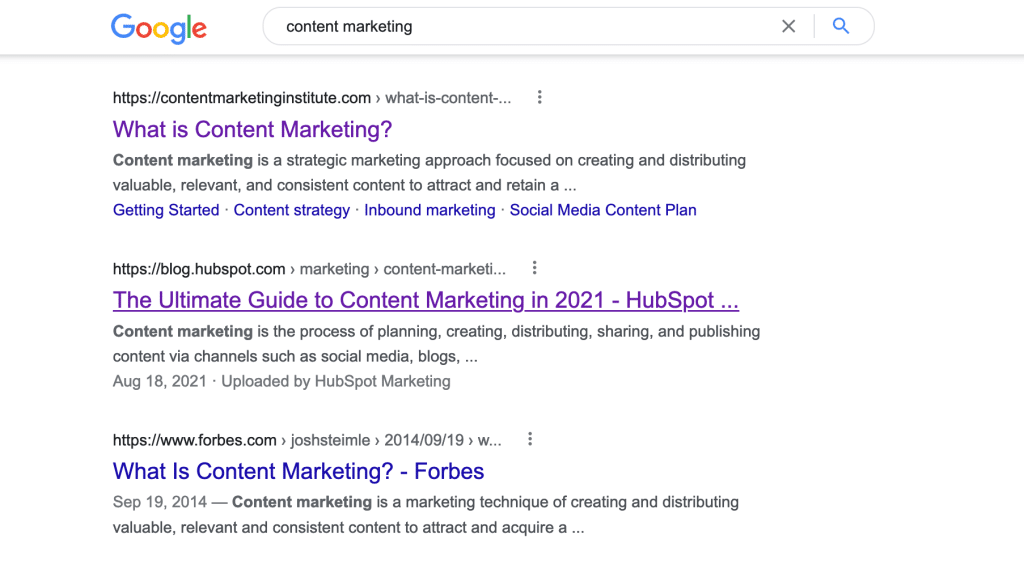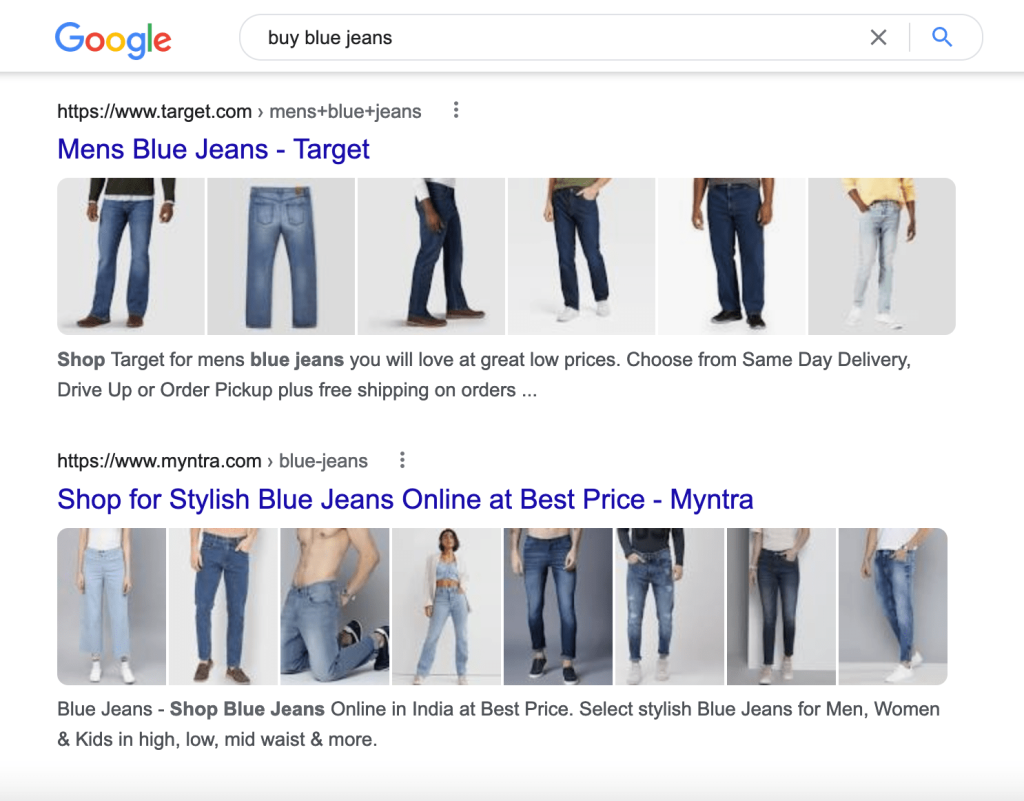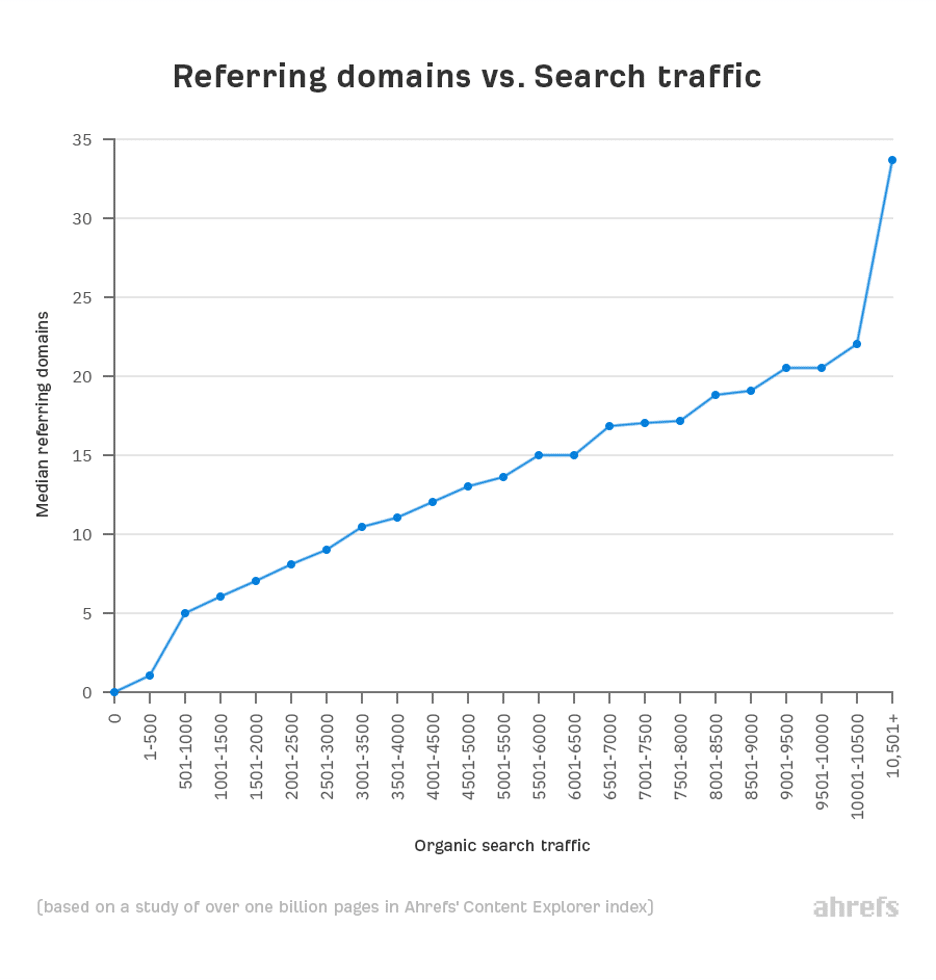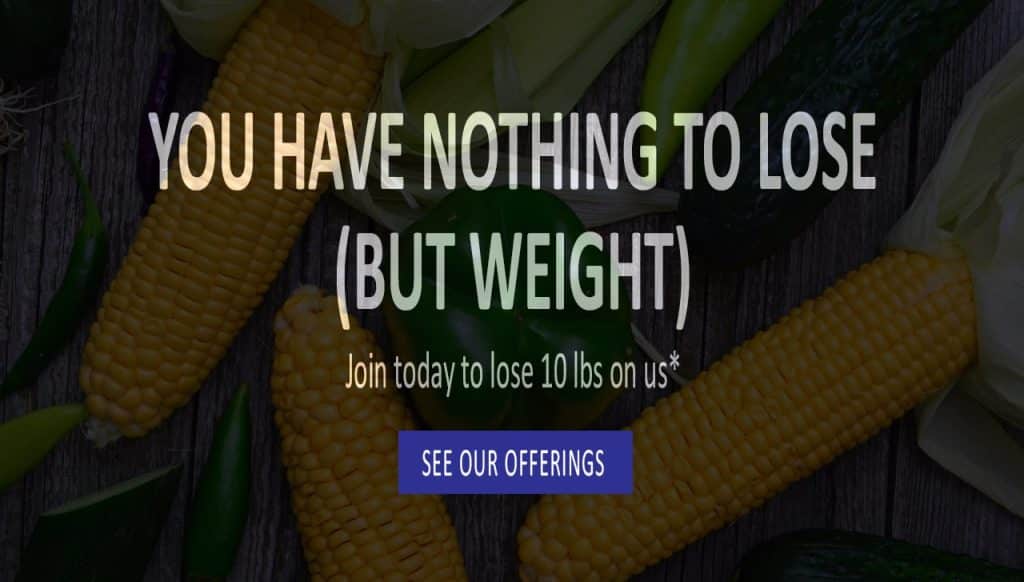Do you want your website content to rank higher in search engines and attract more organic traffic? If so, then you need to focus on content optimization.
The term “content optimization” refers to the process of making your website’s content more search engine friendly and easier for humans to digest. In other words, it’s all about ensuring your content is relevant, keyword-rich, and user-friendly.
Many different factors go into content optimization, which is why it can be a bit overwhelming for those who are new to the concept. However, don’t worry – we’re here to help!
In this guide, we’re going to discuss everything you need to know about content optimization.
The Importance of Content Optimization
Before we dive into the details of how to optimize your content, let’s first discuss why it’s so important.
As we mentioned earlier, content optimization is all about making your content more search engine and human-friendly. But what does that mean, exactly?
Well, let’s start with the search engines.

These days, Google is the most popular search engine by far, handling over 5.6 billion searches per day. And if you want your website to be seen by as many people as possible, then you need to make sure your content is optimized for Google.
When you rank higher in Google, you’ll get more organic traffic – that is, people who find your site through a search engine. And more traffic generally means more leads and sales.
As for the human element, it’s important to remember that your content is being read by real people. That means it needs to be well-written, informative, and engaging. If not, people will simply click away and find another website that better meets their needs.
So, in short, content optimization is important because it can help you attract more traffic and convert more leads into customers. Not just that, but it can also improve the overall quality of your website, making it a more valuable resource for both search engines and humans.
Types of Content Optimization
When content optimization is mentioned, most people think of on-page optimization – that is, optimizing your website’s content for the search engines. However, there’s more to it than that.
There are 2 other types of content optimization that are worth mentioning:
- Off-page optimization: This is the process of optimizing your content for social media and other external websites. For example, if you have a blog post that you want to promote on Twitter, you would need to optimize it for social media.
- Conversions optimization: This is the process of optimizing your content to convince people to take a desired action, such as subscribing to your email list or buying a product.
In the next sections, we’ll break down each type of optimization in more detail.
How to Optimize Content for Search Engines (On-Page Optimization)
Let’s start with on-page optimization – that is, optimizing your website’s content for the search engines. When it comes to this type of optimization, here are the main ways to do it:
1. Choose the Right Keywords
The very first step in on-page optimization is keyword research. This involves finding the right keywords to target – that is, the keywords that people are actually searching for. Otherwise, what’s the point in optimizing your content for those keywords if no one is actually searching for them?
There are a number of different keyword research tools you can use, such as Google AdWords Keyword Planner, SEMRush Keyword Overview, and Moz Keyword Explorer. Just enter in a seed keyword related to your business or website, and these tools will give you a list of related keywords.

You don’t just want to choose any old keyword, though. You want to choose keywords that are:
- Relevant to your business
- Have a decent amount of search volume
- Aren’t too competitive (look at factors like the keyword difficulty score)
That way, you’re picking keywords with the potential to actually drive traffic to your website.
2. Pinpoint the User Search Intent
Once you’ve chosen your target keywords, it’s time to start creating content. But before you do that, you need to understand the user search intent behind those keywords.
In other words, what are people actually looking for when they type in those keywords?
Are they looking to buy something? Are they looking for information? Are they looking for entertainment? The answer to this question will determine the type of content you need to create.
This step is crucial because Google is constantly trying to give its users the best possible experience. That means giving them content that actually meets their needs. So if you’re not considering the user search intent behind a keyword, there’s a good chance your content will get buried.
So, how do you figure out the user search intent behind a keyword?
The best way is to simply type it into Google and take a look at the results. For example, if we type in the keyword “content marketing,” this is what we see:

The first few results are all blog posts, courses, and guides – which means people are looking for information when they type in this keyword. They’re seeking resources to help them learn more about content marketing.
On the other hand, if we type in the keyword “buy blue jeans,” this is what we see:

The first few results are all e-commerce websites – which means people are looking to buy something when they type in this keyword.
There are 3 elements to consider when trying to understand user search intent:
- Content Type: Look at the type of content ranking on the first page of Google. If it’s mostly blog posts, then people are probably looking for information. If it’s mostly product pages, then they’re probably looking to buy something, and so on.
- Content Format: Look at the format of the content that’s ranking. Is it a how-to guide? A listicle? A review? The answer to this will give you a good idea of what people are looking for.
- Content Angle: Look at the angle of the content that’s ranking. What’s unique about it? What does it offer that the other results don’t? This will give you a good idea of what you need to do to make your content stand out.
3. Start Creating the Content
Now that you know what keywords to target and what user search intent is behind those keywords, it’s time to start creating content. What’s essential here is that you create content that’s not only high-quality but also covers everything a searcher needs to know about that particular topic.

One way to do this is to create what’s known as an “ultimate guide.” An ultimate guide is a comprehensive resource on a specific topic that covers everything a searcher needs to know. This could be a how-to guide, a list of the best resources, or anything else that’s comprehensive and helpful.
Pro Tip: If you already have existing content on your website, take a look at it and see if there’s anything you can do to make it more comprehensive. This could mean adding new sections, updating old information, or anything else that would make it more helpful for searchers. Consider conducting a content gap analysis to help you with this.
4. Optimize Your Content for SEO
Once you have your content created, it’s time to start optimizing it for SEO. This is the process of making sure your content is structured in a way that makes it easy for search engines to find and understand.
Here are a few things to keep in mind when doing this:
Make it Skimmable
People often scan content rather than read it word for word. So make sure your content is easy to scan by using things like headlines, subheadings, and bullet points. On top of that, you should also:
- Eliminate Fluff: Fluff is useless or irrelevant information that doesn’t add anything to your content. Get rid of it to make your content more concise and easier to read (Hemingway is a great tool for this).
- Write Short Sentences and Paragraphs: Long sentences and paragraphs are hard to read and tend to lose people’s attention. Keep your sentences and paragraphs short to make your content more skimmable.
- Add a TOC: A table of contents (TOC) is a list of all the topics and subtopics your article covers. It helps people quickly see what your article is about and navigate to the sections they’re most interested in. You can add a TOC using a WordPress plugin like Yoast SEO.
- Structure Your Content Based on Priority: The most important information should be at the beginning of your article, followed by less important information. This is known as an “inverted pyramid” structure, and it helps ensure people see the most important information first.
Add a Compelling Title Tag and Meta Description
Your title tag is the clickable headline of your article that appears in search results, and your meta description is the short summary that appears beneath your title.
Both of these are important for SEO because they give searchers an idea of what your article is about and why they should click on it.
Here are a few tips for writing an effective title tag and meta description:
- Keep Search Intent in Mind: Remember what we talked about earlier with user search intent? Make sure your title tag and meta description match the searcher’s intent for the keyword you’re targeting.
- Make Them Short and Sweet: Keep your title tags under 70 characters and your meta descriptions under 160 characters. This is because Google will truncate anything longer than that in search results.
- Include Your Keyword: For both your title tag and meta description, make sure to include your target keyword. This helps search engines understand what your article is about and increases the chances that people will click on it.
- Be Specific: Generic titles like “How to lose weight” are less likely to get clicked on than specific titles like “How to lose 20 pounds in a month.” So be as specific as possible.
Make Sure It Has Enough Backlinks
A backlink is a link from another website to your website. They’re important for SEO because they act as votes of confidence from other websites. The more backlinks you have, the more likely it is that people will find and click on your website in search results.

To find out how many backlinks you have, you can use a tool like Moz’s Open Site Explorer. Just enter your URL, and it’ll show you all the links pointing to your website. SEMRush’s Site Explorer tool is also a great way to check your backlink profile and see if there are any problems.
If you’re starting from scratch, though, don’t worry. Just focus on creating great content and promoting it to get people to link to it. Over time, as your website becomes more popular, you’ll start to get more backlinks.
Generally speaking, the more backlinks you have, the better. But it’s also important to make sure those links are coming from high-quality websites. A link from a spammy website won’t do you much good (and can actually hurt your rankings).
To get high-quality backlinks, the best thing you can do is create great content that people will want to link to. But there are a few other things you can do as well:
- Reach out to influencers and ask them to share your content
- Write guest posts on other websites and include links back to your website
- Submit your website to directories and include links back to your site
And just like that, you’ve learned everything you need to know about content optimization. Just remember to keep your audience in mind, make sure your title tag and meta description are compelling, and focus on getting high-quality backlinks. Do all of those things, and you’ll be well on your way to higher rankings and more traffic.
How to Optimize Content for Conversions
The second part of content optimization is optimizing your content for conversions. Remember, the goal of SEO is to get people to your website. But once they’re there, it’s up to your website to convert them into leads or customers.
And that’s where conversion rate optimization (CRO) comes in. CRO is the process of making your website as effective as possible at converting visitors into leads or customers.
There are a lot of different CRO techniques, but here are a few of the most important:
1. Target Keywords With Business Intent/Potential
When people are searching for something to buy, they’re usually further along in the buying process than when they’re just looking for information. So if you want to convert visitors into customers, targeting keywords with commercial intent is important.
These are keywords that indicate that someone is looking to buy something. For example, “buy shoes online” or “best running shoes for women.”
What’s equally important is making sure that those keywords are actually relevant to your business. There’s no point in ranking for a keyword if it’s not going to result in any sales or leads.
Imagine, for example, that you sell running shoes. It would make sense to target keywords like “buy running shoes online.” But it wouldn’t make much sense to target keywords like “best vacuum cleaners,” even if you could rank for them.
Choose keywords that align with your product or service and indicate that someone is looking to buy something.
2. Let Your Content Showcase Your Product
If you want people to buy your product, you need to make sure your content actually showcases it. That might sound obvious, but you’d be surprised how many companies don’t do it.
They might write a blog post about a general topic related to their product, but they never actually show the product itself. Or they might write a case study that talks about how great their product is, but they never actually show it in use.
When creating content, always ask yourself: Is this showcasing my product? If the answer is no, then you need to make some changes.
The keyword here is showcase, not sell. You’re not trying to hard-sell someone in your content.
You’re just trying to show them what your product looks like and how it works. You want to position it as the solution to their problem.
For instance, let’s say you sell software that helps people manage their finances. In a blog post about budgeting, you might want to showcase your software by discussing how it can help people manage their money. You might even want to include a screenshot or video showing it in action.
3. Include a Compelling Call-to-Action
So you’ve written some great, relevant content for your product, and you’ve done a good job of showcasing it. Now it’s time to actually ask people to buy it, right?
A common mistake we see is companies failing to include a call-to-action (CTA) in their content. They might write a great blog post or create an informative video, but they never actually tell people what to do next.
And that’s where your call-to-action (CTA) comes in. Your CTA is the part of your content where you tell people what to do next. It’s your opportunity to turn a casual reader into a lead or customer.

There are a lot of different ways to craft a CTA, but there are a few things that all effective CTAs have in common:
- They Trigger an Emotion: Your CTA should make the reader feel something. It could be excitement, happiness, relief, or anything else. But it needs to be something that will motivate them to take action.
- They’re Credible: People are naturally skeptical and won’t take your word for it that your product is the best. That’s why you need to back up your CTA with some evidence. This could be testimonials, data, or anything else that will make it clear that you’re a credible source.
- They’re Timely: Your CTA needs to align with where the reader is in the buying process. If they’re just starting to learn about your product, then your CTA should be something like a free trial or a demo. If they’re already familiar with your product, then your CTA could be something like a special offer or a discount.
When crafting your CTA, make sure it hits on all of these points. And don’t be afraid to experiment with different CTAs in different pieces of content. You never know what’s going to resonate with your audience.
Using these three pillars as a guide, you can start to optimize your content for conversions.
How to Optimize Content for Social Shares
Lastly, we want to talk about how to optimize your content for social shares. Getting people to share your content is a great way to increase your reach, exposure, and get you more leads and customers.
There are a few things you can do to make your content more shareable:
1. Incorporate Subject Matter Quotes
One of the best ways to make your content more shareable is to incorporate quotes from subject matter experts. This has a few benefits:
- It adds credibility to your claims and makes your content more authoritative.
- People are more likely to share something if it’s coming from a credible source.
- When you feature a source in your piece, you can bet that they’ll want to share it when it goes live.
To make this work for you, try to find experts in your industry who align with your brand. Then, reach out to them and ask if they’re open to being quoted in one of your pieces. Remember that these experts should be relevant to the topic you’re writing about, and they should have a decent-sized social following.
Tip: Once the piece is live, make sure to tag the expert in your social media posts so they’re more likely to see it and share it. Plus, their fanbase will see that you’re featuring them in your content and be more likely to check it out.
2. Make Sure Your Social Buttons are Prominent
This one seems like a no-brainer, but you’d be surprised how many companies make their social buttons difficult to find.
Your social buttons should be prominent and easy to find. This means putting them in the header or footer of your website, as well as at the beginning and end of your blog posts.
You should also make sure that your buttons are visible when people are scrolling through your content. This is where sticky social buttons come in handy. These anchored buttons stay on the screen while the reader scrolls, which makes them more likely to notice and share your content.
Tools like AddThis and Sumo make it easy to add these sticky social buttons to your website.
3. Use Eye-Catching Images
The old saying goes that a picture is worth a thousand words. And when it comes to social media, that couldn’t be more true.
Posts with images get significantly more engagement than those without. So, if you want people to share your content, you need to make sure it’s visually appealing.
This means using high-quality images that are relevant to your topic. People are more likely to share something if it’s visually appealing and relevant to their interests.
There are a few different ways to find great images for your content. You can buy stock photos, use free stock photo sites, or create your own images.
Just by following these three tips, you can start to see a significant increase in social shares. And more social shares mean more reach, exposure, and potential leads and customers.
In Conclusion
There you have it: a complete guide to content optimization.
Now that you know what it is and how to do it, it’s time to start putting these tips into practice.
Remember, the goal of content optimization is to get more leads and customers from your existing traffic and potentially attract new visitors and convert them into leads and customers as well. If you can do that, you’ll be well on your way to achieving your business goals.
So, start by taking a close look at your current content. Which pieces are underperforming? What can you do to improve them?
Then, start implementing some of the optimization techniques we talked about in this guide. And over time, you should start to see a significant increase in leads and customers.
If you need help with any of this, feel free to reach out to us. We’re always happy to help our clients get the most out of their traffic.

